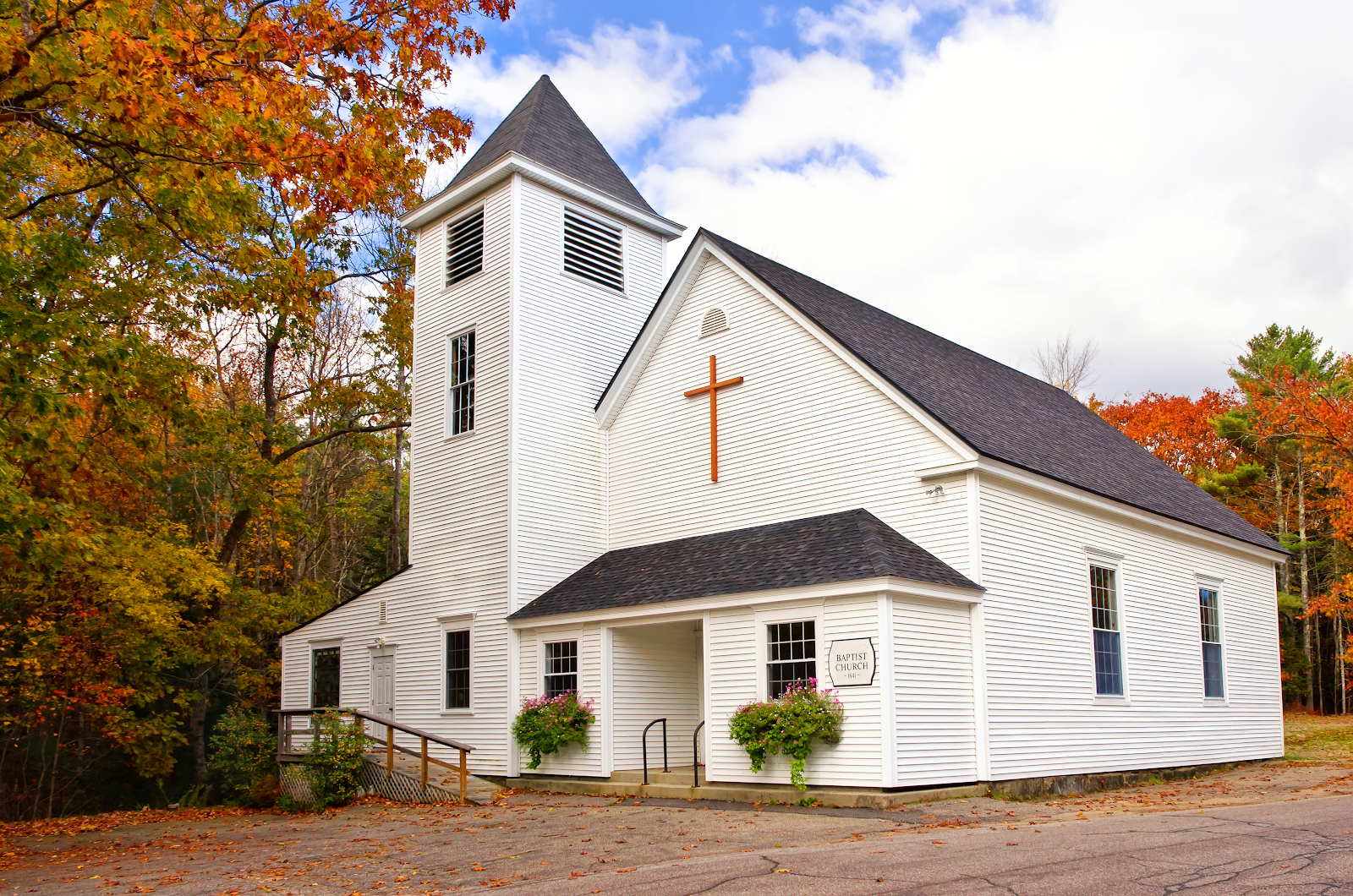On the eve of another Independence Day, it’s always good to retell to stories of sacrifice inspired by our national heroes. Until a few years ago, I had never heard about the exploits of Nathan Hale. In a way, perhaps Hale was the first American hero.
Nathan Hale was born in Coventry, Connecticut on June 6, 1755. In 1773, he graduated Yale College and got a job as a schoolmaster. Only a few years later, the Revolutionary War ignited. News of the battles of Lexington and Concord quickly reached Connecticut. Hale’s five brothers had already volunteered. Hale enlisted on July 6, 1775, and soon joined the ranks of Gen. George Washington’s rag-tag army.
The Battle of Brooklyn Heights at the end of August 1776 left the British in control of Long Island. Washington’s troops were holed up in Manhattan, badly in need of reliable information about the opposing forces. So Washington began recruiting spies who would travel behind enemy lines and gather info about British battle plans. Hale decided to volunteer for this incredibly dangerous mission, becoming one of the first known American spies of the Revolutionary War.
Disguised as a Dutch schoolmaster – donning a plain brown suit and a round hat – Hale slipped behind enemy lines on Long Island and then successfully gathered information about British troop movements for the next several weeks. But Hale’s cover was blown when he got into a conversation with a British agent posing as an American sympathizer, and he revealed his mission. This British agent soon tipped off his superiors and authorities promptly arrested him.
Hale was brought to General Howe’s headquarters, where he was interrogated. His sketches of British fortifications and notes of troop movements, written in Latin, were found in his boot. Hale was promptly condemned to death. The following morning, September 22, 1776 he was hanged from a tree. Hale was only 21-years-old.[1]
In one of his books, biographer and historian Eric Metaxas writes, “History tells us that the handsome, pious twenty-one-year-old acted so nobly in the face of death that many around him on the British side, were deeply affected, that some were horrified that this gentle soul should be executed. But the man in charge, was a hardened soldier who relished the idea of making an example of this handsome traitor who dared spy for the foulest of foul traitors, George Washington. Hale was hanged from a tree in an orchard near what is today East 63rd Street in Manhattan, NY. Though it’s almost inconceivable in our time, this area was once all farmlands. We know that the officer ordered that Hale’s body be left hanging from the tree, so that he would be deliberately denied a Christian burial and his family would never recover what was left of his remains. Immediately after his death, word spread among the soldiers and citizenry of how he had died and of his now-famous words as he stood in a noose, about to step into eternity: ‘My only regret is that I have but one life to give for my country.’”[2]
Nathan Hale’s memory is preserved in a statue outside Connecticut Hall at Yale, where he lived as a student. An insignificant schoolteacher who never wrote anything important, never owned any property, never had a permanent job, never married or had children and who failed in his final mission — made history in the last few seconds of this life. Hale’s sacrifice forces us to ask the question, “Is what I’m living for worth dying for?”
-DM




